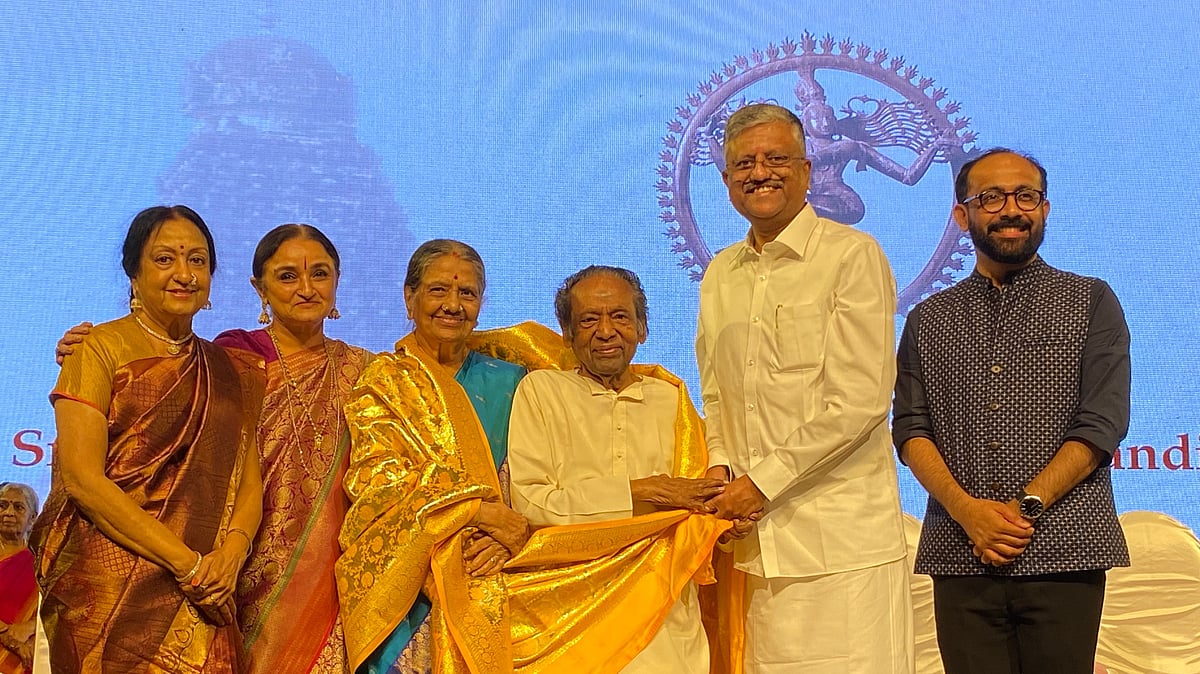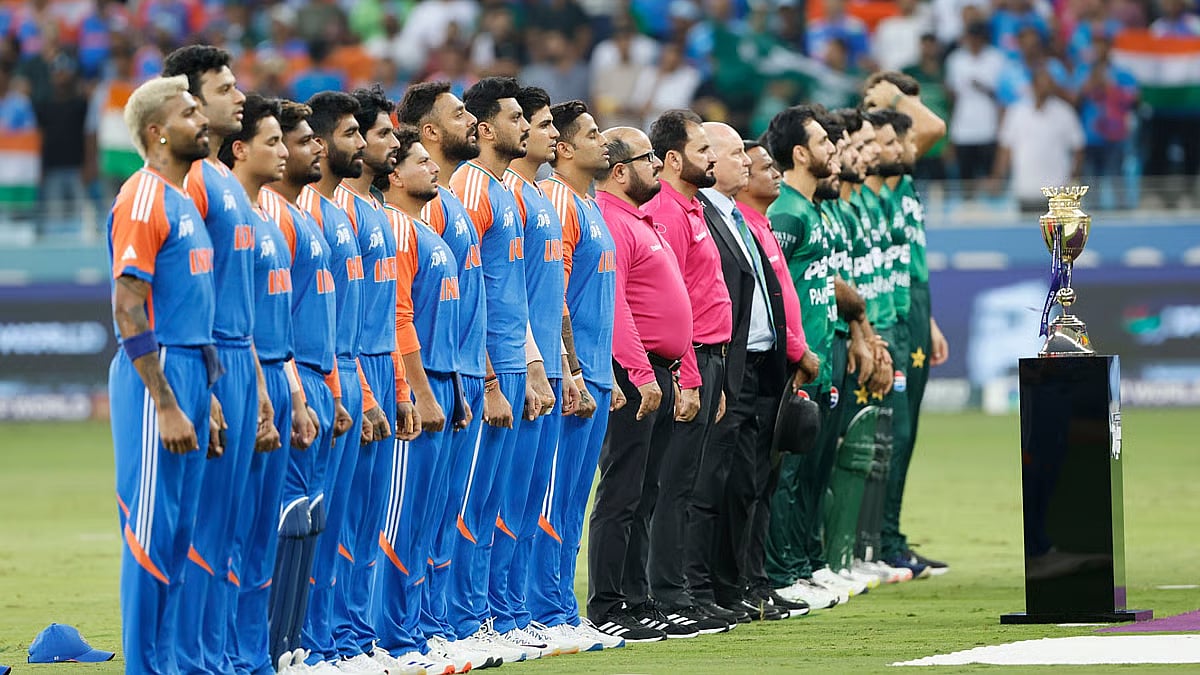The idea behind the recently announced PM-PRANAM (Prime Minister-Programme for Alternative Nutrients for Agricultural Management) is very progressive. It aims to replace chemical fertilisers with natural (organic and bio) fertilisers. Overdoses of chemical fertilisers to increase yields have exterminated the natural nutrients of the soil. The soil in large parts of the three green revolution states — Punjab, Haryana and UP — today is like an ageing man living on steroids. He can still work, but inside he is hollowing. His efficiency and output are dropping. The soil in other states is headed for the same destiny.
However, the road to PM-PRANAM’s implementation is foggy. First of all, no special money has been allocated for it in the Union budget. The money for it is to be generated by reducing the quantum of central government’s chemical fertiliser subsidy to the farmers. The state governments are expected to motivate farmers to switch to natural fertilisers in order to reduce the subsidy amount. The central government is going to give 50% of the saved subsidy amount to the state government for promoting production of natural fertilisers and raising awareness among farmers for using them.
Do the state governments have the capability to engineer a switch to natural fertilisers on a large scale? Their record has so far been poor. A study by the Centre for Science and Environment (CSE), a leading ecological think-tank, released last year found that the natural fertiliser sector was neglected, unorganised and unregulated. The state governments were not utilising most of the funds allocated by the central government to promote production of organic and bio-fertilisers.
Production of natural fertilisers is low. And even their quality goes largely uncertified. The quality control infrastructure is poor. Most states do not have their own testing laboratories. Eight states have their laboratories, but their capacities are not properly utilised. Less than a third of the capacity of seven Regional Centre of Organic Farming laboratories was utilised in 2019-20. The number of bio-fertiliser samples tested in the laboratories, instead of increasing, dropped from 654 in 2013-14 to 483 in 2019-20. The proportion of bio-fertiliser samples failing quality tests increased from 1 per cent in 2013–14 to 44 per cent in 2019–20. Fake ‘natural’ fertilisers are being sold to the farmers. That is eroding their trust in natural fertilisers.
The success of PM-PRANAM hinges on farmers’ adoption of natural fertilisers. How will they do it unless they see benefits in it? First, natural fertilisers must improve their soil’s health. Two, they must reduce their cost of production. Three, they must bring them as good a yield and as good an income as they are getting from use of chemical fertilisers. After being used to a certain level of living standards, the farmers will not be willing to switch to natural fertilisers unless they are able to maintain it. The government will need to work hard to promote adequate production of natural fertilisers which are not only of high quality but also of as much potency as chemical fertilisers to give high yields.
But PM-PRANAM would not be enough to regenerate the soil and motivate the farmers. Because the soil’s health has degenerated, and not only because of the use of chemical fertilisers — over-irrigation is also a major cause. The farmers of the green revolution states gave up their age-old multiple cropping system, which was based on a balanced use of soil, water and manure, to adopt the rice-wheat cropping system. The government needed adequate rice and wheat to feed the nation. It encouraged farmers to grow more and more rice and wheat. Both the crops demand several times more water than other crops such as maize or millets do. Over-production of rice and wheat meant over-use of river water and groundwater. The result was high salinity in the soil and greater loss of natural nutrients.
At the root of the problem, therefore, was the rice-wheat cropping system. It was causing the loss of the natural nutrients—nitrogen, phosphorus, potassium, organic carbon, zinc, iron and manganese. It has been chewing the soil like a demon and it is still not satisfied. Unless the farmers give up the rice-wheat system and adopt a diverse cropping system to reduce their dependence on chemical fertilisers and water, the soil cannot be restored to its normal health. And the farmers will not adopt a diverse cropping system, unless they get a guaranteed minimum support price (MSP) for 23 major crops (7 cereals, 5 pulses, 7 oilseeds, 4 commercial crops) for which the central government fixes a base price every year. The government need not procure all the major crops. It has to only fix a minimum price that even private buyers will have to pay.
The government will have to do that in order to promote crop diversification. It is clear from the recent agitation by sunflower growers in Haryana. Although the central government fixed sunflower seed MSP at ₹6,400 a quintal, private traders were willing to pay not more than 4,200. The state government was not buying it at all. After the farmers mounted protests, the state government agreed to buy them at the rate of ₹4,800 a quintal plus ₹1,000 a quintal by way of compensation for the difference between the MSP and the average market price. The amount ₹4800+ ₹1000=₹ 5,800 still fell 600 short of the MSP. The farmers blocked Chandigarh-Delhi roads. Eventually, the state government agreed to pay them Rs 5,000 a quintal, raising the effective price to ₹6,000.
You cannot blame farmers. They are willing to diversify to save their lands. Sunflower cultivation in Haryana rose from 9,440 hectares in 2018-19 to 12,290 hectares in 2020-21, 13,020 hectares in 2021-22 and 14,160 hectares in 2022-23. If the government guarantees an attractive MSP for the produce, sunflower acreage will progressively increase. The acreage of maize, millets and other crops will also increase.
Arun Sinha is the author of ‘Against the Few: Struggles of India’s Rural Poor’ and other books












